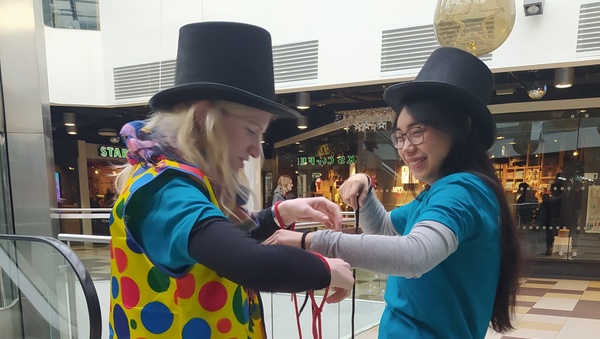How to play Dots & Boxes

Whether you’re travelling over the summer holidays and need something to keep the kids busy on the road, or looking for a boredom buster back at home, you can’t go wrong with a quick and easy pen and paper game. Dots & Boxes is simple yet fun, you might even remember playing it at school during break times (or in class!)
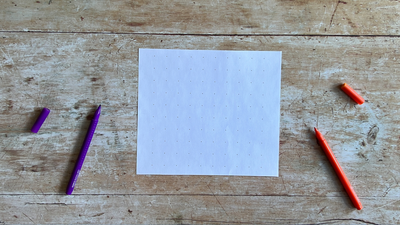
To set up the game, all you need is a grid of dots and a couple of pens in different colours. You can just sketch out a grid on a piece of paper, or download one of our pre-prepared grids. You can play with grids of different sizes - a 4x4 grid is good for beginners and to get the hang of the game, a bigger grid will take longer and is more challenging.
- Download 4x4 grid (PDF)
- Download 6x6 grid (PDF)
- Download 8x8 grid (PDF)
- Download 10x10 grid (PDF)
How to play
This game works best with two players. The aim of the game is to capture as many boxes as you can.
Each player choses a different colour of pen. Players then take turns to connect two adjacent dots with a line, either vertically or horizontally (NOT diagonally).
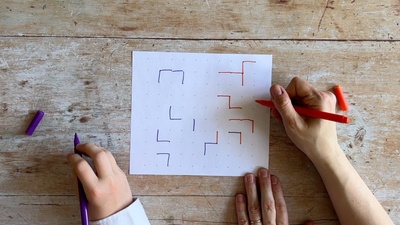
If a player draws the fourth side of a box, they 'capture' that box and write their initials inside. If a player captures a box, they get another turn.
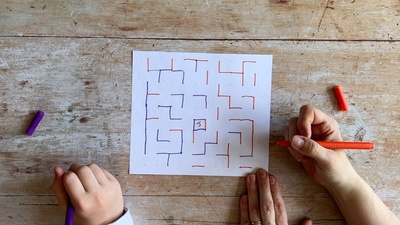
The game ends when all boxes are captured. The person who has captured the most boxes wins.
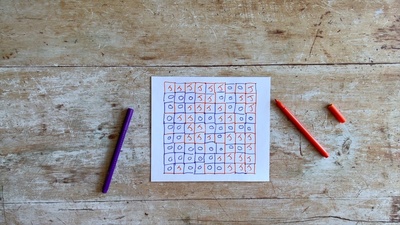
Some questions to think about:
- How many lines can you draw without capturing a single box?
How can you get more than one box on a single turn?
Maths skills involved: spatial reasoning, logical deduction
Latest News and Events
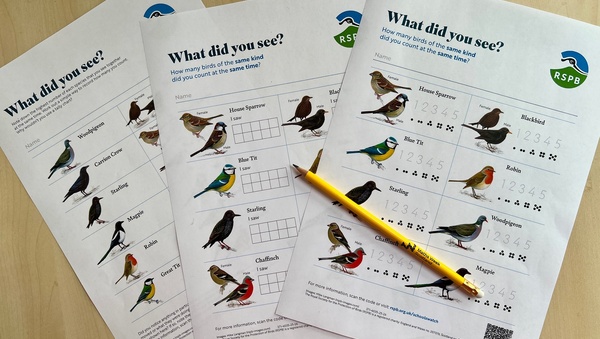
RSPB Big Schools' Birdwatch
It is almost time for the RSPB Big Schools’ Bird Watch – the largest citizen science project for schools across the UK. Sign up to take part, from 6th January- 13th February 2026.
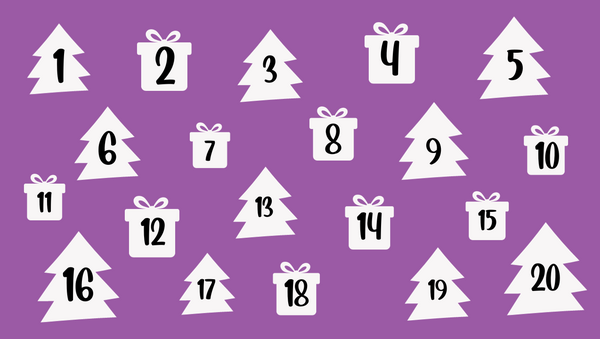
Pick & Mix Your Own Christmas Holiday Countdown
We've pulled together all our seasonal resources from the last three years, and thrown in a few new ones too, so that you can create your own Christmas Holiday Countdown depending on age, ability and preferences. With games, puzzles, art and craft activities to choose from, as well as our interactive puzzle mystery story.
